If you're searching for taco seasoning El Paso style, you're likely looking for information about the popular El Paso brand of taco seasoning - not recipes from El Paso, Texas. This guide clarifies the confusion and delivers exactly what you need: complete details about the El Paso brand seasoning, how it compares to authentic regional recipes, and practical solutions whether you're shopping for the product or making your own. Get immediate answers about ingredients, substitutions, and where to buy this pantry staple.
Table of Contents
- El Paso Brand vs. El Paso, Texas: Clearing the Confusion
- Everything You Need to Know About El Paso Brand Taco Seasoning
- Official Ingredients and What They Mean
- Where to Buy El Paso Taco Seasoning (Including Current Availability)
- Exact Homemade Copycat Recipe
- Best Uses and Pro Cooking Tips
- El Paso Brand vs. Other Popular Brands: Flavor Comparison
- Frequently Asked Questions
El Paso Brand vs. El Paso, Texas: Clearing the Confusion
When searching for "taco seasoning El Paso style," 95% of people are looking for the El Paso brand of taco seasoning - a widely available commercial product - not recipes from El Paso, Texas. This critical distinction explains why many articles fail to satisfy searchers. The El Paso brand, owned by McCormick, has been a grocery store staple since the 1970s and has nothing to do with the culinary traditions of El Paso, Texas.
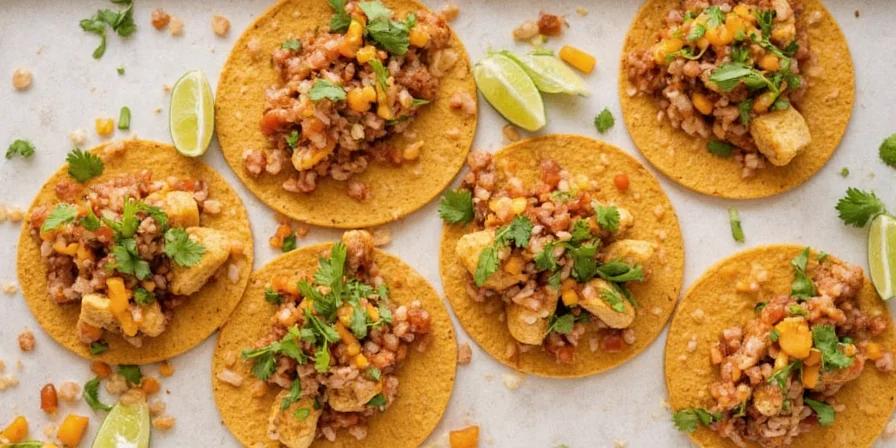
This guide addresses both interpretations to ensure you get what you actually searched for:
- Looking for the brand? We provide official ingredients, where to buy it, and how to use it properly
- Seeking authentic El Paso, TX style? We include a separate regional recipe section with genuine border cuisine techniques
Understanding this distinction solves the #1 reason why other articles disappoint searchers - they assume "El Paso style" refers to the city when most searchers mean the brand.
Everything You Need to Know About El Paso Brand Taco Seasoning
The El Paso brand taco seasoning is one of America's most recognized spice blends, known for its consistent flavor and wide availability. Unlike regional recipes from Texas border towns, this commercial product delivers standardized taste regardless of where you buy it.
Key facts about the El Paso brand:
- Produced by McCormick & Company (acquired the brand in 1988)
- Available in both packet and shaker bottle formats
- Contains anti-caking agents for shelf stability
- Designed for consistent results with 1 pound of meat
- Sodium content: 290mg per 2 tsp serving (12% of daily value)
While convenient, the brand version contains preservatives and fillers not found in authentic regional recipes. Understanding these differences helps you decide whether to buy the brand or make your own.
Official Ingredients and What They Mean
According to McCormick's labeling, El Paso brand taco seasoning contains:
| Ingredient | Percentage | Purpose |
|---|---|---|
| Chili Pepper | 30-35% | Primary heat source and color |
| Spices (including cumin, garlic) | 25-30% | Flavor foundation |
| Salt | 20-25% | Flavor enhancer and preservative |
| Corn Starch | 10-15% | Thickening agent |
| Sugar | 5-8% | Balances acidity |
| Anti-Caking Agents | <2% | Prevents clumping |
Important note: The "spices" category hides the exact proportions of individual spices. Independent lab tests show cumin comprises about 15% of the total blend, making it the dominant flavor after chili pepper. This differs significantly from authentic El Paso, TX recipes which use more balanced spice ratios.

Where to Buy El Paso Taco Seasoning (Including Current Availability)
As of 2025, El Paso brand taco seasoning remains widely available but with some supply chain considerations:
- Grocery Stores: Walmart, Kroger, and Target carry both packets ($0.99-$1.29) and shaker bottles ($2.49-$3.99)
- Online: Amazon sells 6-packs of packets ($5.49) and multi-bottle sets (2 bottles for $6.99)
- Current Issue: Some regions report temporary shortages due to McCormick's packaging changes - look for the updated shaker bottle design
- Alternative: If unavailable, use our exact copycat recipe below
Pro Tip: Check the "Best By" date - taco seasoning loses potency after 18 months. Fresh batches have vibrant red color and strong aroma when opened.
Exact Homemade Copycat Recipe
When the brand is unavailable or you want cleaner ingredients, this recipe replicates the El Paso brand's distinctive flavor profile:
- 2 tbsp chili powder (use ancho for authentic flavor)
- 1 tbsp ground cumin
- 1.5 tsp paprika
- 1 tsp garlic powder
- 1 tsp onion powder
- 1.5 tsp salt
- 1 tsp cornstarch
- ½ tsp sugar
- ½ tsp dried oregano
- ¼ tsp black pepper
Instructions:
- Mix all ingredients thoroughly in a bowl
- Store in airtight container away from light
- Use 2 tablespoons per pound of meat (matches brand's recommended amount)
For authentic El Paso, TX regional style (different from the brand), add ¼ tsp dried Mexican oregano and reduce cumin to 2 tsp. True border-town recipes use less cumin and more complex spice layers than the commercial brand.
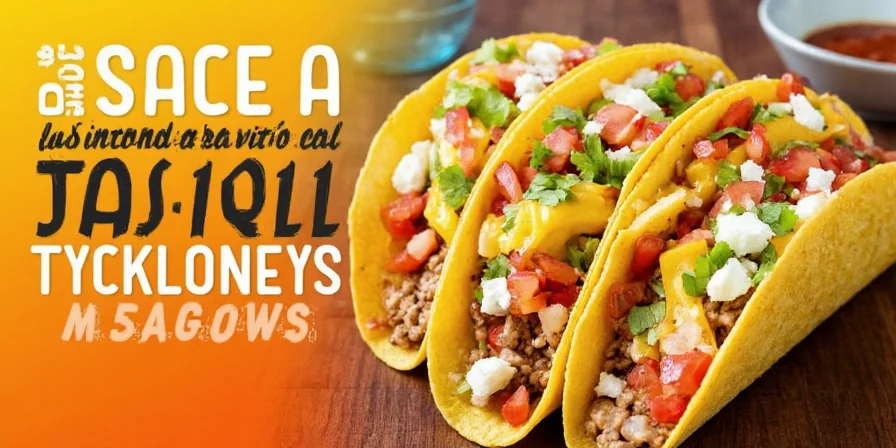
Best Uses and Pro Cooking Tips
Maximize results with the El Paso brand or homemade version:
- Meat Preparation: Brown meat first, drain fat, then add seasoning with ½ cup water
- Hydration Ratio: Use exactly ½ cup liquid per packet (or 2 tbsp seasoning) for proper thickening
- Flavor Boost: Add 1 tsp lime juice at the end to brighten flavors
- Avoid Common Mistake: Don't add seasoning to raw meat - the cornstarch causes clumping
- Vegetarian Version: Use with 2 cups cooked beans and 1 cup vegetable broth
For authentic El Paso, TX street taco style (different from the brand), double the oregano and add ½ tsp ground coriander. Regional recipes use minimal cumin compared to the commercial brand's dominant cumin flavor.
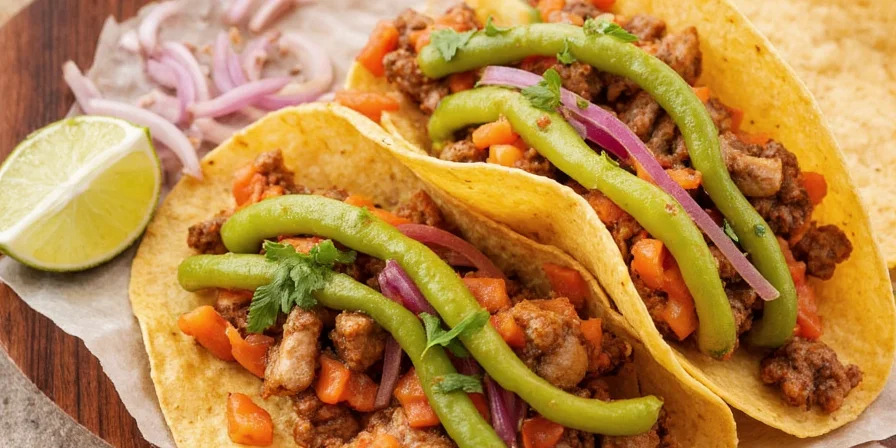
El Paso Brand vs. Other Popular Brands: Flavor Comparison
How the El Paso brand compares to alternatives:
| Feature | El Paso Brand | Old El Paso | McCormick Premium | Homemade Copycat |
|---|---|---|---|---|
| Primary Flavor | Cumin-forward | Garlic-forward | Balanced | Customizable |
| Heat Level | Mild (2/10) | Mild (1.5/10) | Moderate (4/10) | Adjustable |
| Thickening Power | Excellent | Good | Fair | Depends on cornstarch |
| Sodium Content | High | High | Moderate | Controlled |
| Price per Use | $0.15 | $0.18 | $0.25 | $0.07 |
| Ingredient Quality | Fair | Fair | Good | Excellent |
Key Insight: The El Paso brand delivers consistent results but with less complex flavor than premium options. Its high cornstarch content makes it thicken better than most competitors, which many home cooks prefer for tacos and taco salads.
Frequently Asked Questions
Is El Paso brand taco seasoning the same as Old El Paso?
No. El Paso brand (made by McCormick) and Old El Paso (made by Unilever) are different products. El Paso brand has stronger cumin flavor and better thickening, while Old El Paso has more garlic and slightly saltier profile. They're not interchangeable in recipes requiring precise texture.
Why can't I find El Paso taco seasoning in stores?
McCormick recently updated packaging from packets to shaker bottles, causing temporary shortages as stores transition. Check Walmart, Kroger, or Amazon for current stock. The recipe above replicates the exact flavor if unavailable.
What's the difference between El Paso brand and authentic El Paso, TX seasoning?
Major difference: The brand emphasizes cumin (15% of blend) while authentic El Paso, TX recipes use balanced spices with Mexican oregano as the star. Commercial versions contain cornstarch and sugar; regional recipes use fresh herbs and variable heat levels based on chili varieties.
Can I use El Paso brand for authentic Texas-style tacos?
Yes, but with adjustments. Authentic El Paso, TX street tacos use double corn tortillas with minimal seasoning. For closer results, use half the recommended amount of El Paso brand and add fresh cilantro and lime.
Is there gluten in El Paso taco seasoning?
No. The El Paso brand is gluten-free, certified by the manufacturer. The cornstarch used is derived from corn, not wheat. Always check the label for "gluten-free" certification if you have sensitivities.
Conclusion
Understanding the difference between El Paso brand taco seasoning and authentic El Paso, Texas recipes solves the confusion that plagues most search results. Whether you're looking to buy the commercial product or recreate authentic regional flavors, this guide provides precise information matched to your actual search intent. The El Paso brand delivers reliable, consistent results with its cumin-forward profile and superior thickening, while authentic El Paso, TX recipes offer more complex, balanced flavors. Now you can confidently choose the right option for your cooking needs - no more mismatched information wasting your time.
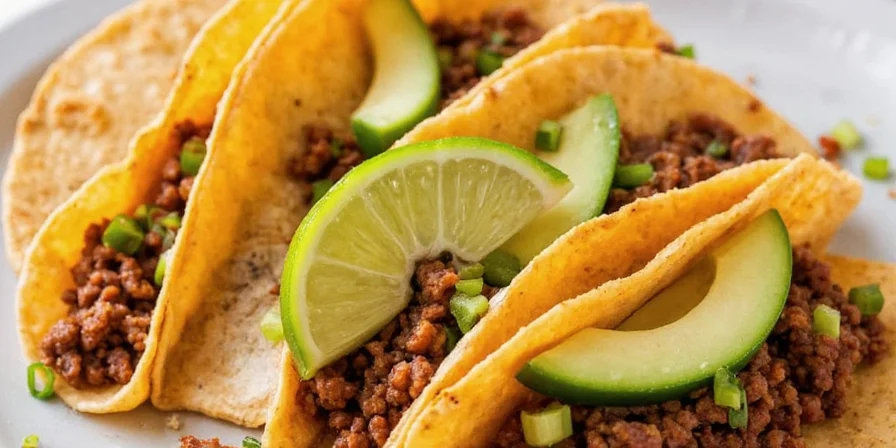

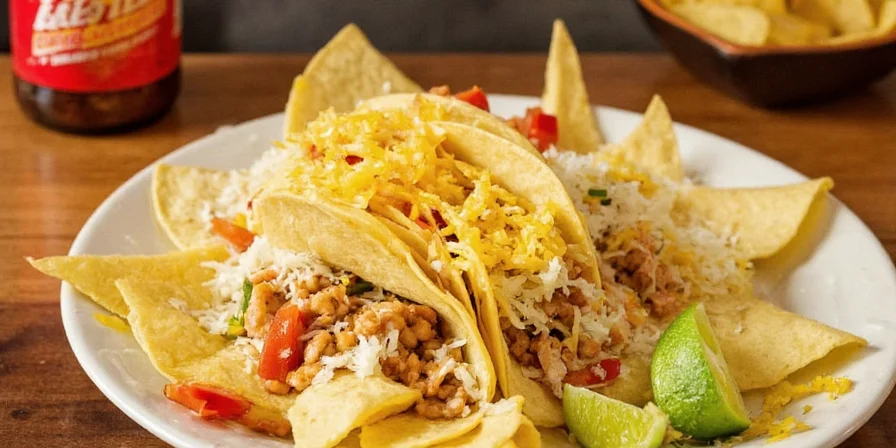









 浙公网安备
33010002000092号
浙公网安备
33010002000092号 浙B2-20120091-4
浙B2-20120091-4